You are here
Paleontological tour on Mangyshlak.

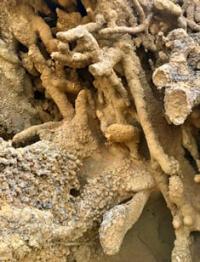
Paleontology of Mangyshlak.
“Travel is a book. Only those who can read between the lines of observed life can read it. The one who is looking for the original, the exotic, is set "poetically", inevitably falls into error, because in normal conditions of life he is looking for the abnormal.
EM. Murzaev.
Short description of tour route to paleontological sights of Mangyshlak Peninsula:
Distance of route: 490 km.
Season: from April 1 to October 30.
Tour duration: 2 days, 1 night.
Distance of active part of tour: 5 km.
Best time to visit: April, May, June, September.
Detailed tour program day by day valleys of Khanga baba and Usak on Mangyshlak:
Day 1. Aktau - Usak valley (229 km).
Transfer: Aktau - Akshukyr village - Saina Shapagatova village - Khanga Baba valley (125 km).
Our path lies to the north-west to the famous necropolis of Hanga Baba (XI - XII centuries), which is located in a picturesque area convenient for an ancient settlement, surrounded by a unique complex of ancient monuments - on the southern slopes of a plateau, gradually turning into a wide valley.
n the valley there is the Makhtum Baba Mosque, well preserved to this day. In the northern part of the chink there is a Karakuz well with beautiful, fresh water, which is a rarity in Mangyshlak. Our paleontological tour will begin with manifestations of dilapidated spherical nodules nearby, with which we will find fossilized mollusks (Mollusca).
The most common and paleontologically important classes of mollusks are cephalopods (Cephalopoda), bivalves (Bivalvia), gastropods or gastropods (Gastropoda), and spadefoots (Scaphopoda) mollusks. Also, we will see a group of marine fossils important for stratigraphy - ammonites (Ammonoidea), witnesses of the Jurassic and Cretaceous systems.
We will be lucky and we will definitely find one of the varieties of cryptocrystalline nodules in sedimentary rocks with cracks and veins inside - mineralized septums (Septum). Septaria are composed partly of siderite and marl or other carbonate-clay material.
The geology of the Khanga Baba valley is represented by manifestations of barrites and celestine.
Transfer: valley Khanga baba - valley Tau - valley Tubezhik (14 km).
About 4 kilometers we move east along the northern edge of the chink that encircles the Khanga Baba valley and soon turn southeast to one of the most interesting paleontological sites of Mangyshlak. From a bird's eye view, the Taubezhik valley is an open palm of the hand.
The main gorge Tubezhik, 11 kilometers long, in the northern part breaks up into five gorges, the eastern one is the most extensive in width and length. Our tour will start with the search for ammonites, maybe we will be lucky and we will be able to find a rare nautilus (Nautilus).
The nautilid order arose at the end of the Silurian or at the very beginning of the Devonian. Nautilids experienced a serious crisis at the turn of the Triassic and Jurassic, but the "great extinctions" at the turn of the Permian-Triassic and Cretaceous-Paleogene hardly affected them.
Extinct members of the order Nautilida are very diverse. Often all members of the order are called nautilus, after the name of the most famous modern genus of these mollusks. Of course, we will not disregard mollusks and the most ancient fossils - the bivalve pinna, which dates back to the beginning of the Cambrian period, their age is more than 500 million years.
Transfer: valley Taubezhik - valley Usak (90 km).
From the Taubezhik gorge we climb to the northern part of the chink and soon move east along an asphalt road. We pass the southern tip of the Karatau mountains, the village of Taushyk, from the south we go around the Karataushik mountains.
From here our path heads northeast to the Beskempir valley. In the Alas tract, we will take a short walk to the beautiful chalk mountain Akmaya, 109.7 meters high above sea level, with a hole in the middle. Next, we move along the automobile road that leads to the Karazhambas deposit.
We pass the picturesque valley Akespe located in the Myrzatai mountains, from here we head to the valley Usak, which is located on the northern coast of the Koshak Bay. Lunch on the way.
In the Usak valley, we will try to find the teeth and vertebrae of the shark Cretoxyrhinamantelli - lamniform, which lived in the Cretaceous period, about 107 - 70 million years ago. These sharks include giant and white sharks.
Cretoxyrhines lived in temperate and subtropical latitudes throughout the world. Their fossils, if we are lucky, we will find in the Cretaceous deposits of the valley. These are large fish reaching a length of up to seven meters. Sharks preyed mainly on fish and marine reptiles.
Cretoxyrhin teeth marks have been found on the bones of mosasaurs and sea turtles. Apparently, they did not disdain carrion and ate the corpses of land dinosaurs that fell into the water. Dinner and overnight in tents.
Day 2 Valley Usak - Aktau (261 km).
Breakfast. Transfer: Usak valley - Akespe valley - Ulken-Karasay valley - Torysh valley (45 km).
We return along the familiar road to Mount Akmaya and from here we turn southeast to the unique valley Torysh, which is located in the western part of the Western Karatau mountains. In the Western Karatau mountains, three layers with round concretions are exposed.
Outcrops of concretions stretch on both sides of the mountains for tens of kilometers, giving uniqueness to the local landscape. The keen eye can catch the fossilized remains of the former oceanic life - the nuclei of bivalve mollusks, snails and ammonites, large and small oysters.
The size of nodules reaches 3 - 4 meters in diameter. Time of origin - 180 - 120 million years ago, geological era - Mesozoic, period - Jurassic and Lower Cretaceous. Concretion - from the Latin word concretio - fusion, thickening.
These are concretions, rounded mineral formations in sedimentary rocks. The centers of such constriction can be grains of minerals, shells, teeth and bones of fish, plant remains. Geologists do not have a clear opinion about the process that created them. In geology, there are as many opinions on the nature of their origin as there are researchers of concretions. Luch on the way.
Transfer: Torysh valley - Akkonyr valley - Ulanak ridge - Zhyngyldy village - Besbulak valley (53 km).
The Besbulak valley is one of the most unique places on the Mangyshlak Peninsula, it is truly an open-air museum of paleontology. The complex of rock deposits marked the beginning of the Jurassic period, which falls on the middle period of the Mesozoic era.
The deposits of that time are quite diverse: limestone, clastic rocks, shales, clays, sands and conglomerates. In the Besbulak valley, among the Jurassic deposits, we will see ammonites, gastropods (Gastropoda), oysters, and mollusks. We will also see mysterious and unique - sandy, branched forms of constrictions.
Transfer: valley Besbulak - Aktau (163 km).

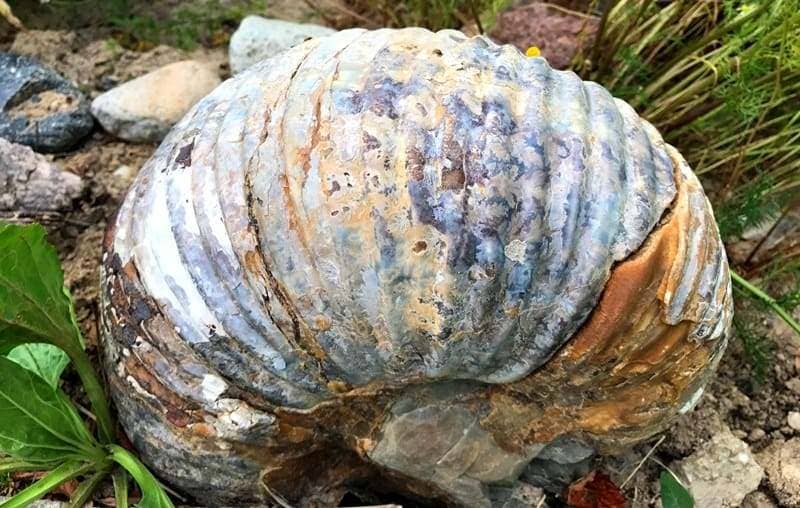
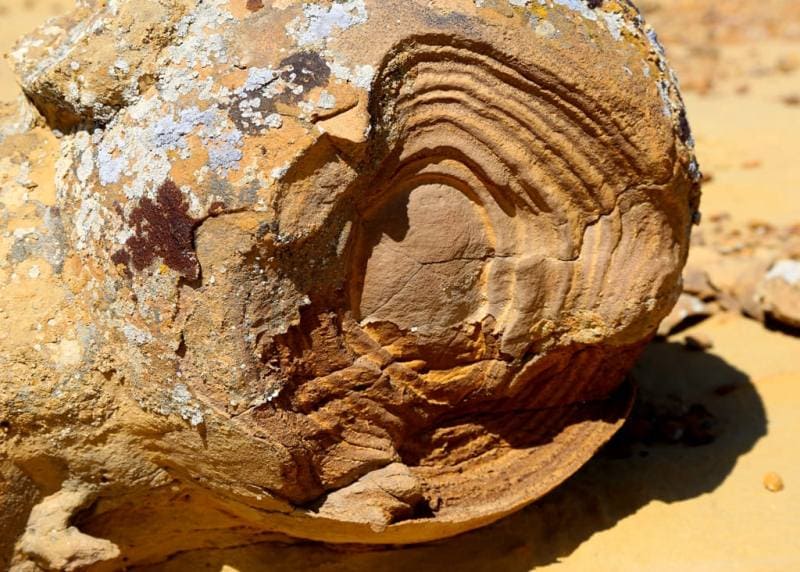
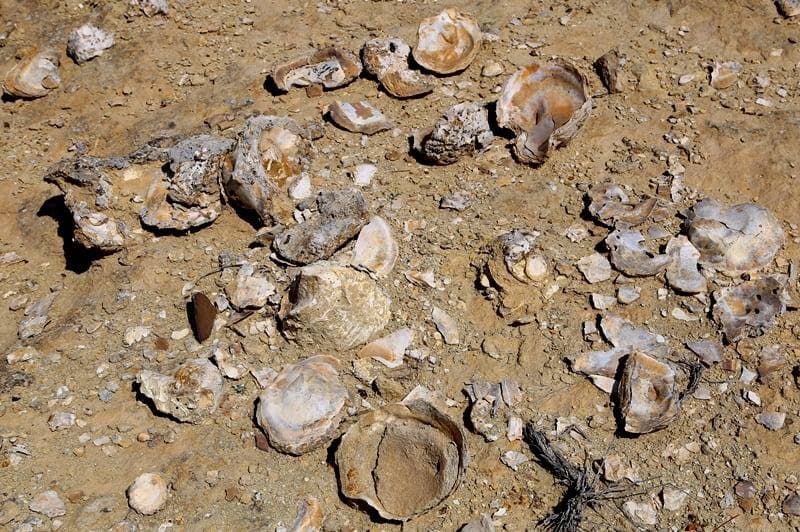
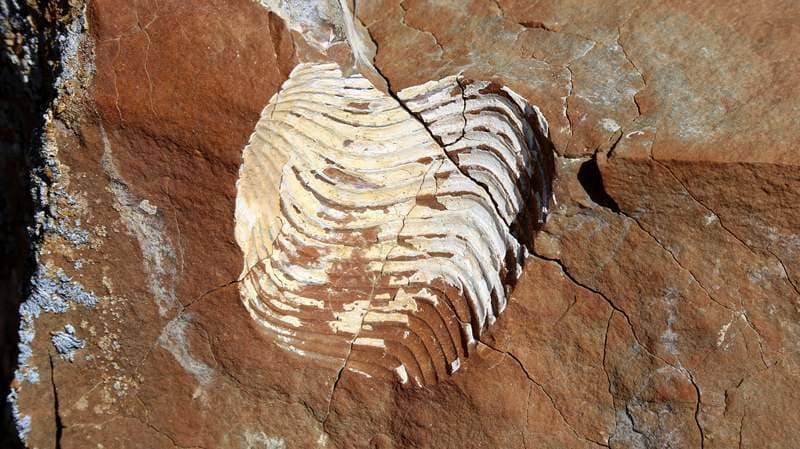

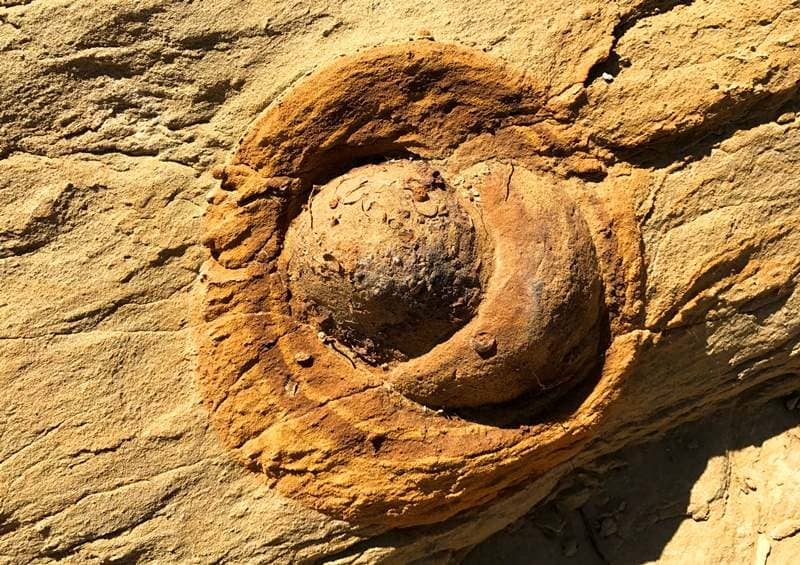

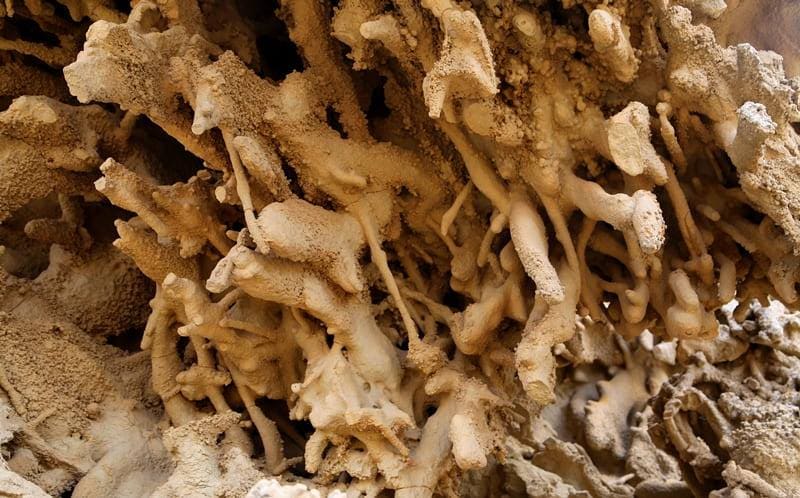

Note:
Author program of Alexander Petrov. Copying and introduction from the sanction of the author.
Photos by
Alexander Petrov







